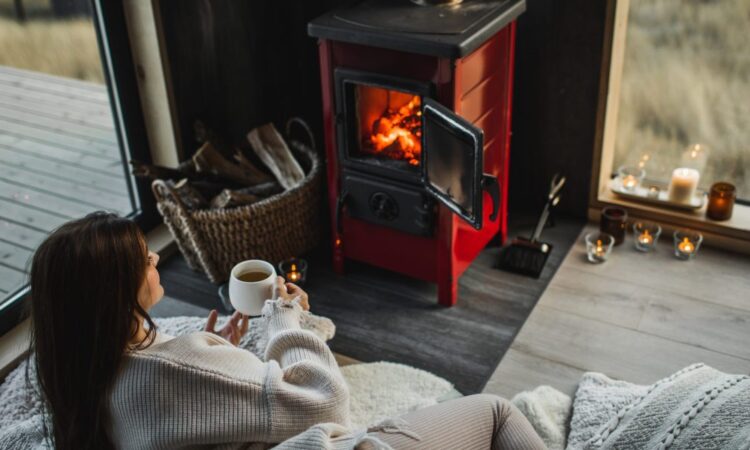
Forget a mere manor house: A well-designed party barn is becoming the must-have amenity in the UK countryside. Wealthy homeowners are spending upwards of £200,000 ($260,000) to turn drafty disused agricultural spaces into the ideal hangout for a raucous dinner party.
The trend has exploded in popularity in recent years, as Britons fled cities in droves looking for more living space during the pandemic. Londoners who moved to hot spots such as the Cotswolds wanted to have friends over for events without having to drive anywhere, and in many cases, their renovated honey-stoned farmhouses sat on property with extra bare-bone structures and spaces to utilize. Architects and design firms transformed everything from former squash courts to horse barracks into party pads.
Lindsay Cuthill, founder of Blue Book Agency and former head of the country house division at Savills Plc, notes the growing interest: “Ultimately, it feels like you’re going on holiday in your own property.”
Amy Dalrymple, creative director of interior design practice Dalrymple Studio, has been asked to craft several projects such as this in recent years. She’s just turned a derelict former onion barn in the Cotswolds into a party barn with a dining area, a standalone bar and bunk beds for overnight stays.
“People aren’t just wanting home offices when they convert barns,” she says. “Now they’re wanting quirky, imaginative spaces to have friends and family over that are really like playrooms for adults.” She recently completed another barn conversion that includes a bar, a cozy seating area and, in a whimsical touch, a secret door in the wall that leads to an office. These projects generally take around a year, she says. The cost varies per project, but converting a detached farm building into a party barn can cost upwards of £200,000.
“We’re all entertaining again after Covid and want to have friends over, but having this area that both is and isn’t your house feels quite special,” Dalrymple says. Agents at the top end of the market agree.
“It’s a huge selling point for country houses. It enhances both salability and square footage,” says Joanna Cocking, head of prime country sales at the real estate company Hamptons. She says that party barns have become particularly popular with families with teenagers because friends can come over without keeping the rest of the household up all night or making a mess in the main house. Crucially, the parents also know where the kids are.
“There’s an innate charm to them, especially if it’s architecturally sympathetic to the principal residence,” says Cocking, who notes that party barns can double as home yoga studios or places to work after the parties are over.
Stefan Pitman, founder of architectural company Spase and an adviser to Historic Royal Palaces, has converted stables, old chapels and actual barns on some of the UK’s largest estates into entertainment areas in recent years. He attributes the trend to a change in what people want to do with disused outbuildings.
“A lot of people don’t want to necessarily turn things into ancillary accommodation to have people living near them, but they want to repair these old buildings on their property and find viable use for them,” Pitman says. “That’s where these party barns come in.” Pitman says the costs vary per project, but generally they start at “hundreds of thousands” of pounds and take anywhere from 3 to 10 months to complete.
Harry Gladwin, head of the Cotswolds at the Buying Solution, has noticed that party barns have become a must-have in property searches in the most sought-after areas of the English countryside. He says the trend is great for families—and property values.
“A good, well-designed party barn can add a healthy premium of about 15% to a property,” Gladwin says. He adds that he’s now seeing clients incorporate elements of wellness trends into their party spaces, too, such as adding standalone saunas adjacent to the barns. “Wellness is part of the party now.”
Another reason for their rise in the countryside may be even more elemental than corralling teenagers and increasing property values: the gloomy British weather.
Hampton’s Cocking says it isn’t always practical for homeowners to invest large sums in outdoor kitchens and sprawling decks when they’re not usable for large parts of the year. “Having all this purely outdoor space might not make sense for us climatically,” she says. Instead, a party barn answers the question of what do with disused space, she says.
“They do intrinsically become quite important to a house, and the charm of selling them is that the buyers can picture all the lovely celebrations they can have there,” Cocking says.
